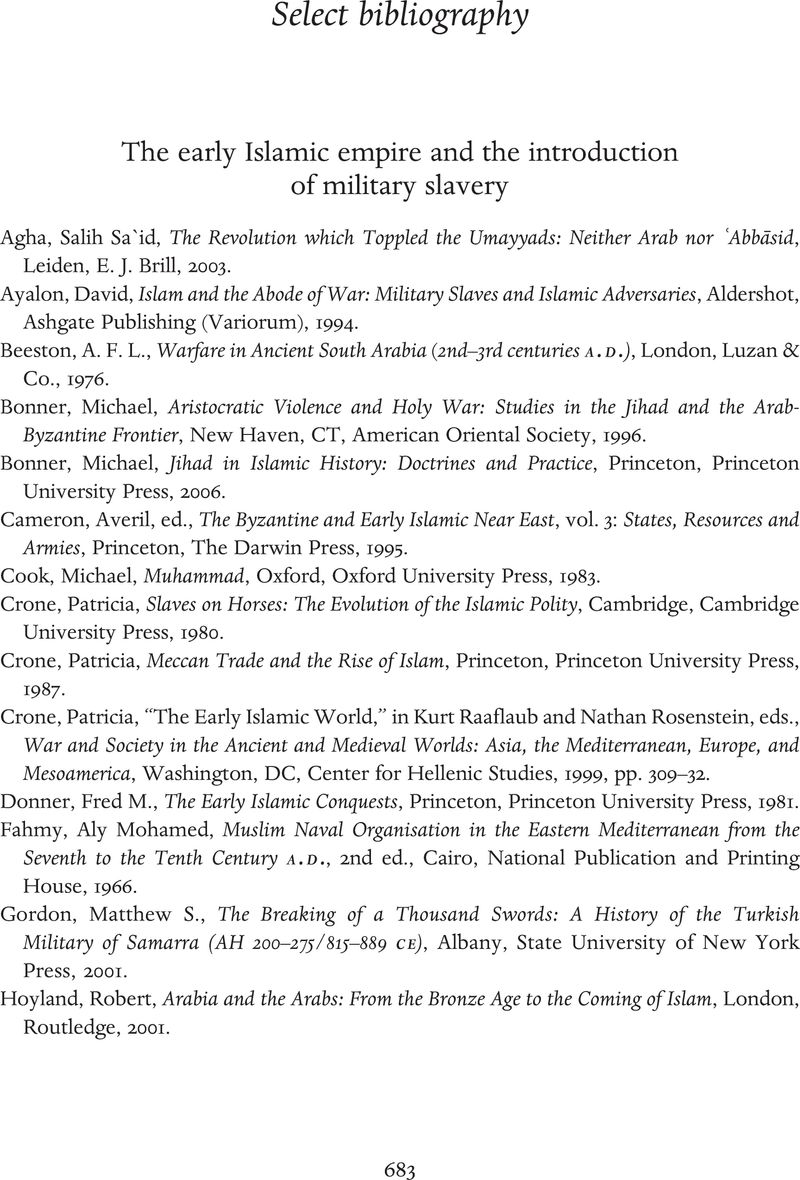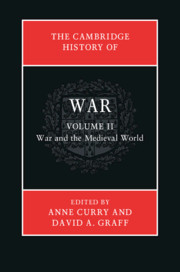Book contents
- The Cambridge History of War
- The Cambridge History of War
- Copyright page
- Contents
- Illustrations
- Maps
- Notes on contributors
- Introduction to volume II
- Part I Foundations, c.600–1000 ce
- Part II Interactions, c.1000–1300 ce
- Part III Nations and Formations, c.1300–1500 ce
- Part IV Comparisons: Cross-Cultural Analysis
- Select bibliography
- Index
- References
Select bibliography
Published online by Cambridge University Press: 25 September 2020
- The Cambridge History of War
- The Cambridge History of War
- Copyright page
- Contents
- Illustrations
- Maps
- Notes on contributors
- Introduction to volume II
- Part I Foundations, c.600–1000 ce
- Part II Interactions, c.1000–1300 ce
- Part III Nations and Formations, c.1300–1500 ce
- Part IV Comparisons: Cross-Cultural Analysis
- Select bibliography
- Index
- References
Summary

- Type
- Chapter
- Information
- The Cambridge History of War , pp. 683 - 719Publisher: Cambridge University PressPrint publication year: 2020



